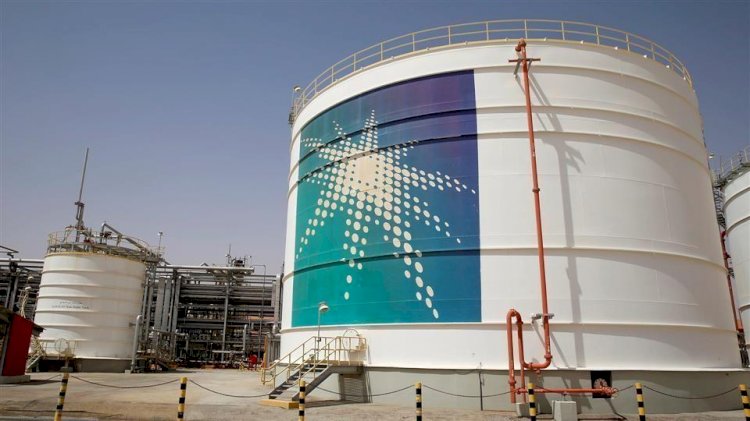After Opec+ cuts, Saudi Arabia is making the biggest oil price increase in 20 years
The steepest jump will hit exports to Asia from July, the main global market for the state producer Saudi Aramco.

In at least two decades, Saudi Arabia has made some of the largest price increases for crude exports, doubling its strategy to boost the oil market after OPEC+ producers have extended historic cuts in output. According to a pricing list, the steepest jump will hit exports to Asia from July, the largest regional market for state producer Saudi Aramco. Overall, Saudi crude increases erase nearly all of the discounts the kingdom made during its brief price war with Russia
The sharp price increases indicate that after prices plummeted into negative territory in April, Saudi Arabia is using all the instruments at its disposal to turn the oil market around. As the price-setter in the Middle East, other producers can obey the rises in their official prices.
Tighter supply of crude is helping to stabilize a coronavirus-battered oil market. In May, unprecedented cutbacks in output led by the Saudis and Russia boosted prices and the OPEC+ group decided on Saturday to extend those limits until July. Brent crude, down 36% this year, clutched back some of its losses and ended trading at more than $40 a barrel on Friday. But oil refiners' profits from processing crude into fuel struggle to keep up with the rising market, and the sharp hikes in Saudi prices are likely to exacerbate that problem. Representatives of European and Asian refineries expressed concern and said the pricing would crush margins.
Saudi Arabia unleashed a price war in March when, most in three decades, it slashed official prices on sales. The Kingdom took that drastic step after failing to reach an agreement with Russia to extend production cuts given the destruction of oil demand by the pandemic. OPEC+ returned to talks following tweets, phone calls and top-level meetings and carried out the biggest production curbs in history, promising to take almost 10 million barrels off the market a day. U.S. production plummeted by around 2 million barrels per day, as low prices forced producers to shut down wells.
OPEC+ opted to extend production limits to nearly the same amount on Saturday, instead of tapering them as expected at the end of June. Aramco, which usually publishes pricing on the fifth day of each month, delayed its July statistics until after OPEC+ members made their decision.
Saudi Arabia markets its crude to oil benchmarks in a differential, disclosing the discount or premium it pays to global refiners every month. The so-called official sale prices help set the tone on the market for physical oil, where barrels change hands.
With the demand for crude from China now rising, prices are rising for the Saudis. The month-to - month rise in the official Flagship Arab Light crude selling price to Asia, which accounts for more than half of Saudi oil sales, is the highest in at least 20 years. Aramco boosted Arab Light to Asia by $6.10 a barrel over the benchmark, to a premium of 20 cents. It increased prices for all grades in Asia from $5.60 to $7.30 a barrel for July. Buyers will also pay more for oil in the U.S., the Mediterranean region and Northwest Europe.




























